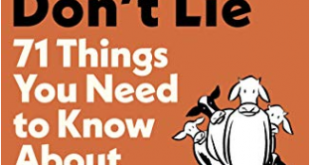Insights into Wealth, Assets, and Poverty from Longitudal Studies in Tanzania
9th December, 2021 Tanzania celebrates 60 years of independence and next year, 2022, the country will have a census for population and housing, I think the publication timing of this book couldn’t be any better than this. This book, which just came out on September this year, 2021, follows rural families in Tanzania and explores what had changed in their lives over the past twenty to thirty years. It is a collection of stories, epilogues and data at village-level which I believe they will provoke your perception of the national economic growth, national statistics and national studies.
It’s another collaborative project from Oxford University press that brought together a number of shrewd local and international researchers. Almost every researcher in this book has a dedicated case study and epilogue and each case study can be read and understood without having to read the others. However, right from the beginning of the book there is a very informative user guide on how to use the book that will save you a lot of time.
I really enjoyed reading chapter 5 from Monique Borgerhoff Mulder, a distinguished Professor Emerita at the University of California, chapter 7 from Christine Noe, Olivia Howland, and Dan Brockington and finally chapter 17, the conclusion, from Christine Noe and Dan Brockington, the editors of the book.
Chapter 5 is a masterpiece of all case studies in this book. The national profile and a summary of strategic frameworks to transform agricultural sector are briefly discussed in this chapter. Then the author goes on to discuss three key issues which are the main focus of the book, which are;
- Changes in Economic Livelihoods over Time
- Assets as an Indicator of Well-Being and
- The Value of Village-Level Studies
The story about the declining coffee economy in chapter 7 is what really sparked my interest. I like coffee and I think this chapter indirectly gives the answer to why our local produced coffee has poor quality and yet expensive compared to the one imported from Kenya. Furthermore, from what I saw in the tobacco industry in Tanzania, the gripping narrative of the declining in production and coffee trade in this chapter shares some similar aspects with the recently declining in tobacco production.





